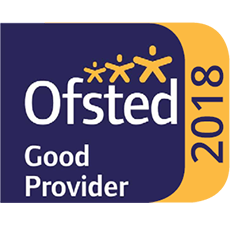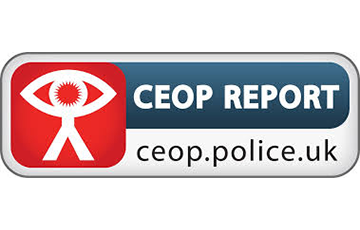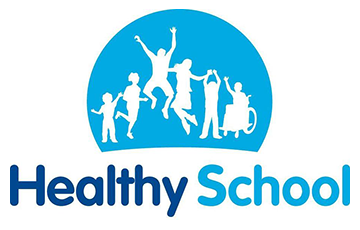Phonics and early reading
English curriculum: silver thread - every word tells a story.
At Twyning School, throughout EYFS and Year 1 we use 'Little Wandle Revised Letters and Sounds' to teach our phonic programme with rigour and fidelity. At the beginning of Year 2, the children revise phase 5 phonics and then are assessed at October half term. Those that need a little more support with their reading move onto the Little Wandle Revised Letters and Sounds rapid catch up programme whch they will do until they are secure in their phonics or until the end of Year 2.
We teach phonics, so that it is accessible to all, by planning for 100% engagement from each child. Synthetic systematic phonics is a key skill that supports the development of early reading. We place our quality phonics teaching in a language rich curriculum, with exposure to a range of physical texts. We continually aim to make strides towards closing the word gap.
Working alongside parents and carers we want to provide our pupils with the skills they need to have a successful start to their lives as readers and to ensure that our children develop a love of reading. Please see our Phonics page for more information.
What is Phonics?
The teaching and learning of phonics helps children to read skilfully. Children are taught to:
- Recognise the sound that a letter makes
- Identify the sounds that combinations of letters make e.g. sh, oa, nk
- Sound out and then blend together to read a word
- Hear/say a word and segment the sounds to write a word
How is Phonics taught?
We are using the validated phonics scheme - 'Little Wandle for Letters and Sounds revised'.
Please see our phonics information booklet.
Children begin by learning the easiest sounds and this gets progressively more difficult. Children are taught to blend and segment early on in Reception, using this skill throughout Year 1.
Children are also taught 'tricky words'. These are spellings and cannot be sounded out. For example the, little, Mrs.
The different Phases taught in Phonics:
Phase 2 - This is typically taught in Reception. It focuses on introducing children to individual letters and their sounds. Children are also taught to blend for reading and segment for writing. Children are introduced to a small number of tricky words. Letter formation is focused on during this stage.
Phase 3 - This is typically taught in Reception. It introduced further individual letters and their sounds. It also teaches children digraphs and trigraphs (2 or 3 letters with 1 sound). Further focus is placed on developing blending and segmenting skills. Children learn a greater number of tricky words. Children begin to learn about sentence writing.
Phase 4 - This is typically taught in Reception and sometimes in Year 1. No new sounds are introduced. Children develop skills to read multi-syllable words and words with adjacent consonants e.g. frog. Children learn a greater number of trickt words. Children write sentences independently.
Phase 5 - This is typically taught in Year 1. It teaches children alternative ways of saying sounds previously learnt e.g. ai - ay. It also introduces split digraphs e.g. take a-e
Useful Links
Reading sessions: How do we teach reading at Twyning school?
Children on Year 2 to 6 are taught reading sessions four times a week. In year 2, these are taught in smaller groups and then from year 3 these are whole class reading sessions. We also use the Reading Dogs to teach and reference key skills with the children. There is a balance between practising reading fluency, discussion based learning and written comprehension.
In addition to this, children are regularly heard reading aloud by an adult in EYFS/KS1 and as regularly as possible in KS2.
Children in year 2 onwards are also introduced to Accelerated Reader.
What is Accelerated Reader?
Accelerated reader is a computer programme that helps techers to manage and monitor chiildrens independent reading practice once they are fluent enough and longer require the support of decodable books. Children pick a book at their own level and read it at their own pace and when finished, they take a short quiz on the computer - showing how much they have understood.
How Accelerated Reader is managed at Twyning.
At the beginning of the school year and at the end of each term, every child completes a star quiz. This quiz is made up of 34 multiple choice questions and will detrmine their 'reading level' or ZPD (Zone of Proximal Development). This is the range of books that the child can read at their fluency level. The comprehension quizzes enable teachers to monitor progress and areas of difficulty specifically for each child so that the teaching of reading csn be adapted effectively.



